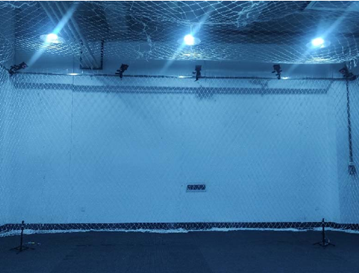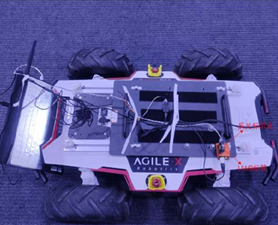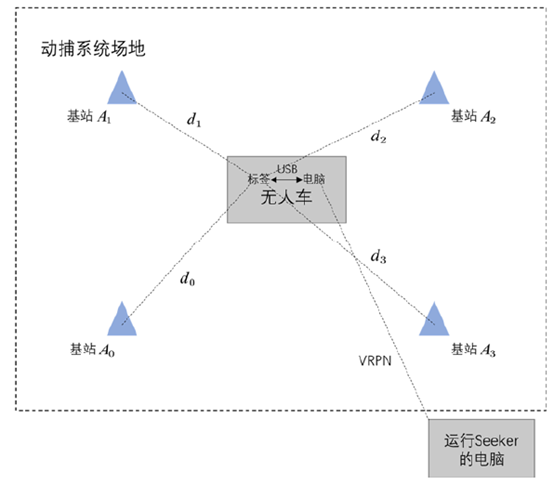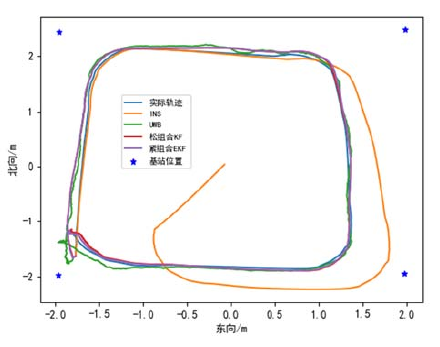With the increase in demand for indoor location services, high-precision indoor positioning technology has become a major point of research in the navigation services industry. Existing positioning technology often fails to meet multiple criteria necessary for an accurate navigation system. Researchers are attempting to combine the inertial navigation system (INS) with wireless positioning using Wi-Fi, Bluetooth, or ultra-wideband (UWB) technology to improve the positioning accuracy, reliability, and environmental adaptability of the navigation system.
Researchers at the Harbin Institute of Technology tested the performance of an indoor integrated positioning technology based on the inertial navigation system incorporating ultra-wideband technology against the navigation of an autonomous vehicle. They aimed to combine the positioning accuracy of UWB technology with the autonomous positioning capability of the INS to overcome the poor performance of UWB in environments without a line-of-sight and the large margin of error inherent in an INS.
To compare the performance of the UWB/INS combined positioning system with the performances of the individual UWB and INS positioning systems in the real world, the researchers carried out an experiment through a NOKOV motion capture system in an indoor near-line-of-sight (NLOS) environment. They also used this experimental setup to test the feasibility of extended Kalman filter (EKF), federated extended Kalman filter, unscented Kalman filter (UKF), and differential adaptive unscented Kalman filter algorithms with regards to improving positioning accuracy.

The four positioning bases were placed within the range of the motion capture system in a square formation. Reflective markers were placed on all four bases for identification by the motion capture system. Additionally, a labeled marker was placed on the unmanned vehicle , allowing the motion capture system to track the vehicle’s position.


Because the NOKOV motion capture system can reach sub-millimeter accuracy, the positioning data obtained by the motion capture system was used to evaluate the positioning accuracy of the onboard inertial measurement unit (IMU). The NOKOV motion capture system supports the transmission of data through a Virtual-Reality Peripheral Network (VRPN), allowing the unmanned vehicle’s onboard computer to obtain a synchronized reading of both the UWB ranging data and the motion capture system’s positioning data in real time.

Bibliography: